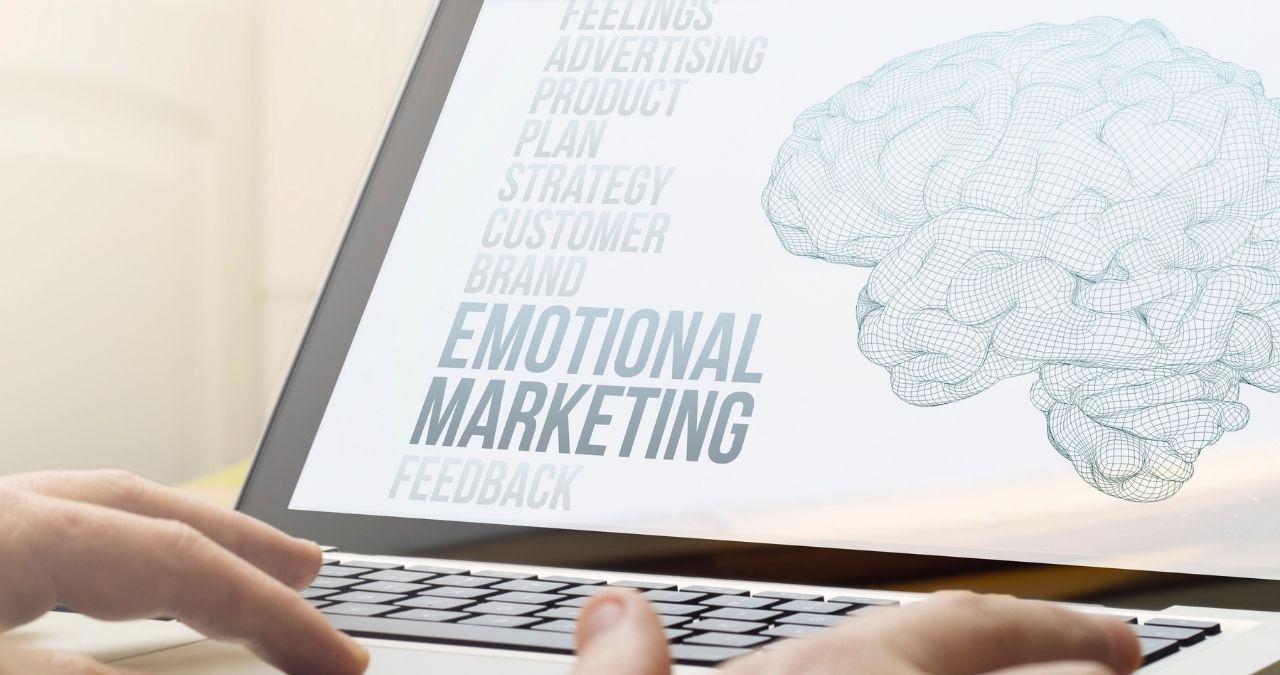Ads that make people decide to buy a given product primarily appeal to the emotions of the recipients, both negative and positive. Many studies show that customers rely more on emotions than on information, especially when it comes to purchasing. So how to act on the feelings of customers so that they buy the products we offer?
Table of Contents
Why do we buy under the influence of emotions?
Regardless of whether we want to admit it or not, we are not guided mainly by hard facts when making a purchase decision. According to a Journal of Advertising Research study, emotions are at least twice as important to a customer as rational premises when shopping. Unruly, which runs the most shared ads each year, found that the most popular ads were based on human emotions and content such as friendship, warmth, and happiness. Why do impulses drive us? The primary conditions of our brain dictate it.
When deciding to buy a product, the amygdala is activated, which processes our emotions and gives them a certain meaning. Only after that are signals sent to the cerebral cortex, which rationalizes our thinking and determines the product’s real value; however, it is often the oldest part of the brain that decides about finalizing the purchase. Interestingly, the ads did not always refer to human emotionality. In the 1990s and early 2000s, advertisers put more emphasis on humor or sarcasm.
What emotions influence sales?
Over the years, people have distinguished between six basic emotions: happiness, surprise, fear, disgust, rage, and sadness. However, according to a study by the Institute of Neuroscience and Psychology published in 2014, some of these feelings concern only interpersonal interactions. On the other hand, the basic human emotions that affect sales are happiness, sadness, fear, and shame.
Happiness and marketing
Positive emotions in advertising are intended to show the recipient a better world in which they can find themselves after purchasing a brand’s product. Suppose we want the products we sell to be associated with positive emotions. In that case, it is worth referring to such feelings as joy, love, and happiness in their advertising and using the image of a smiling child. After all, children are positively received by almost all social groups. You can also notice that many popular and big brands want to be associated with positive emotions, which is why they include small, cute animals or loving people in their ads. It is also worth adding that the 2010 research on the most popular New York Times articles proved that the most shared articles had a positive tone.
Sorrow and fear
Negative emotions are often used in political advertising and campaigns against drunk driving or smoking. But in selling products, feelings such as sadness and fear can be used in more sophisticated ways. Inducing fear or sadness in the consumer may be aimed at showing him a catastrophic situation from which he can avoid if he buys the advertised product. This is the way pharmaceutical companies, insurance companies, and environmental organizations advertise themselves.
A sense of shame in advertising
The last type of emotion that advertisements often refer to is a shame. It is not a pleasant feeling, so we usually want to get rid of it as soon as possible. For example, marketers take advantage of people’s attitudes to shame in advertising baby food products. The authors of such campaigns usually appeal to parents’ guilt who, due to a large amount of work, do not always have time to prepare a warm dinner for their children.
Also Read : 4 Main Factors Limiting Conversion On Your Website




